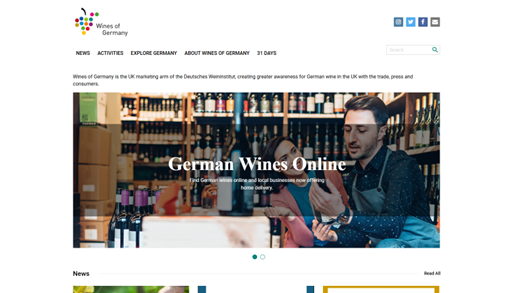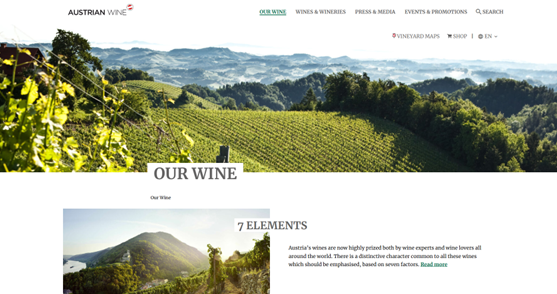Other Reds
Hans Igler Classic Blaufränkisch 2020 Burgenland Austria
Burgenland is a major wine-producing region located in the easternmost part of Austria, hard on the border with Hungary. A lot of wine of both colours flows from its vineyards, but it is arguably best known for its quality reds. The proximity to the relatively warm climate of the Pannonian Plain allows the Blaufränkisch grape to thrive here producing, at the hands of quality producers like Hans Igler, fruity yet characterful wines. The grape is often likened to Gamay, making high-acid, light-bodied, eminently quaffable wines with a predominantly red-fruit profile.
The Hans Igler winery is located in an area of the region particularly renowned for its Blaufränkisch, Mittelburgenland. This is their Classic cuvée, a 100% single-varietal wine that is aged in oak for around a year to soften any tarter, more cranberry edges. The result is a very approachable wine that is, if not complex, full of character and very well drawn. In the glass, it’s a very pure, clear, palish ruby colour.
On the nose, the red fruits dominate – red cherry and redcurrant – with a lovely, lifted piquancy outlined by acidity. The oak has left no discernible aromas or flavours but simply rounded the edges of the palate and given a little more texture to its fruit-driven purity. It’s a refreshing wine that works exceedingly well served lightly chilled.
This is the 2020 vintage: it would be interesting to see whether an older wine would approach the more truffled, forest-floor quality of a headier Beaujolais cru such as Morgon. The producer suggests laying down for 5 years. You can read this on the back label, together with suggested serving temperature and details of how long to let the wine breathe – all very useful information provided by pleasingly direct infographics.
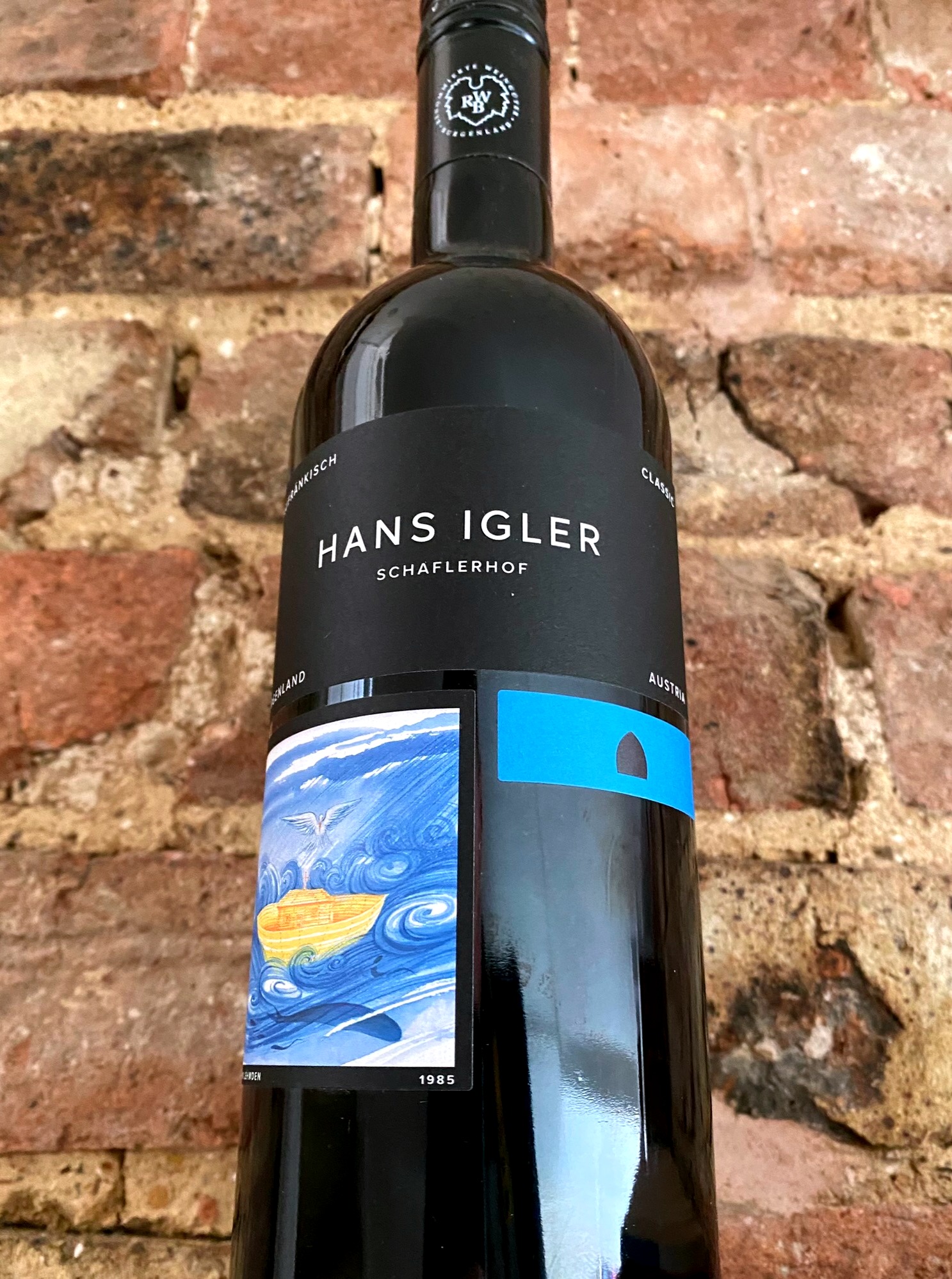
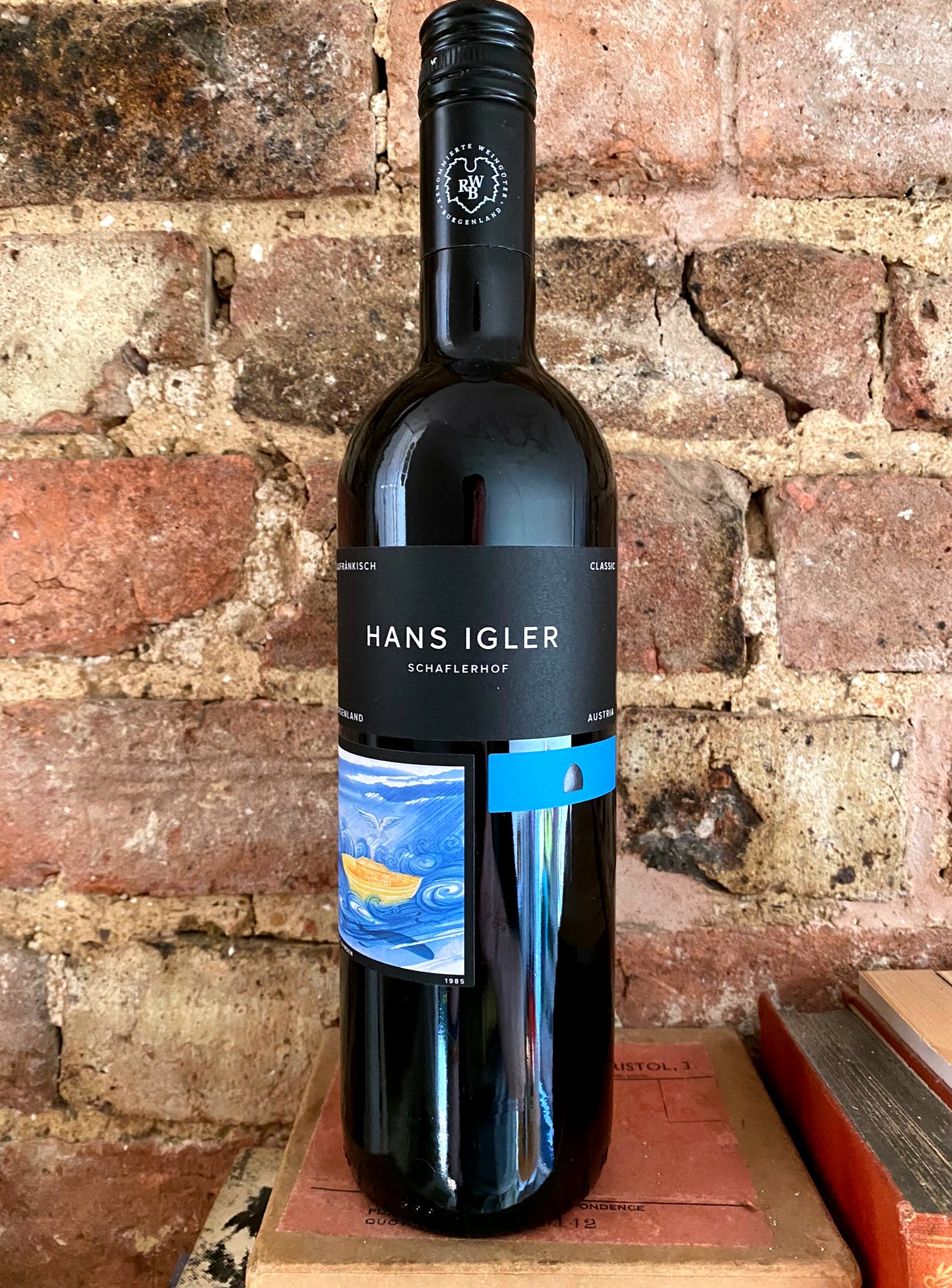
Max Ferd. Richter Pinot Noir 2020 Mosel Germany
Pinot Noir, or Spätburgunder, is the most commonly planted black grape in Germany. Not, you may think, a particularly interesting fact for a country synonymous with great whites, Rieslings in particular. But, so Wines of Germany tells me, Germany is the world’s third largest producer of the grape – reason enough to seek out a bottle or two. It's less common in UK wine merchants than, say, Californian, New Zealand and of course French bottlings but it is there if you look closely enough (the better supermarkets even have a few).
This one is from a very old and venerable family-owned wine estate that makes delightful Rieslings. They have also planted a small amount of Pinot Noir on the steep slate slopes of the Mosel in Mulheim, and I was lucky enough to find a bottle in my local indie wine merchant.
It's unfiltered, so there’s a little turbidity (that’s cloudiness to you and me) to its garnet-rimmed, pale ruby looks. But this way of treating a wine can result in increased complexity and that's certainly the case here.
It’s at the lighter end of medium-bodied, high acid and refreshing as one might expect. It’s also complex and intriguing, with a lovely ethereal quality. There is fruit, things like blackberry/cherry and some higher red notes, and a cedar quality from the French oak. With enough tannin to outline the fruit nicely, there’s also a whiff of Pinot forest floor, but quite light and loamy rather than dark and truffle-like. The finish is long, ending on hints of very good, sweet tobacco. It’s a lovely, different take on one of the most chameleon-like of varieties.
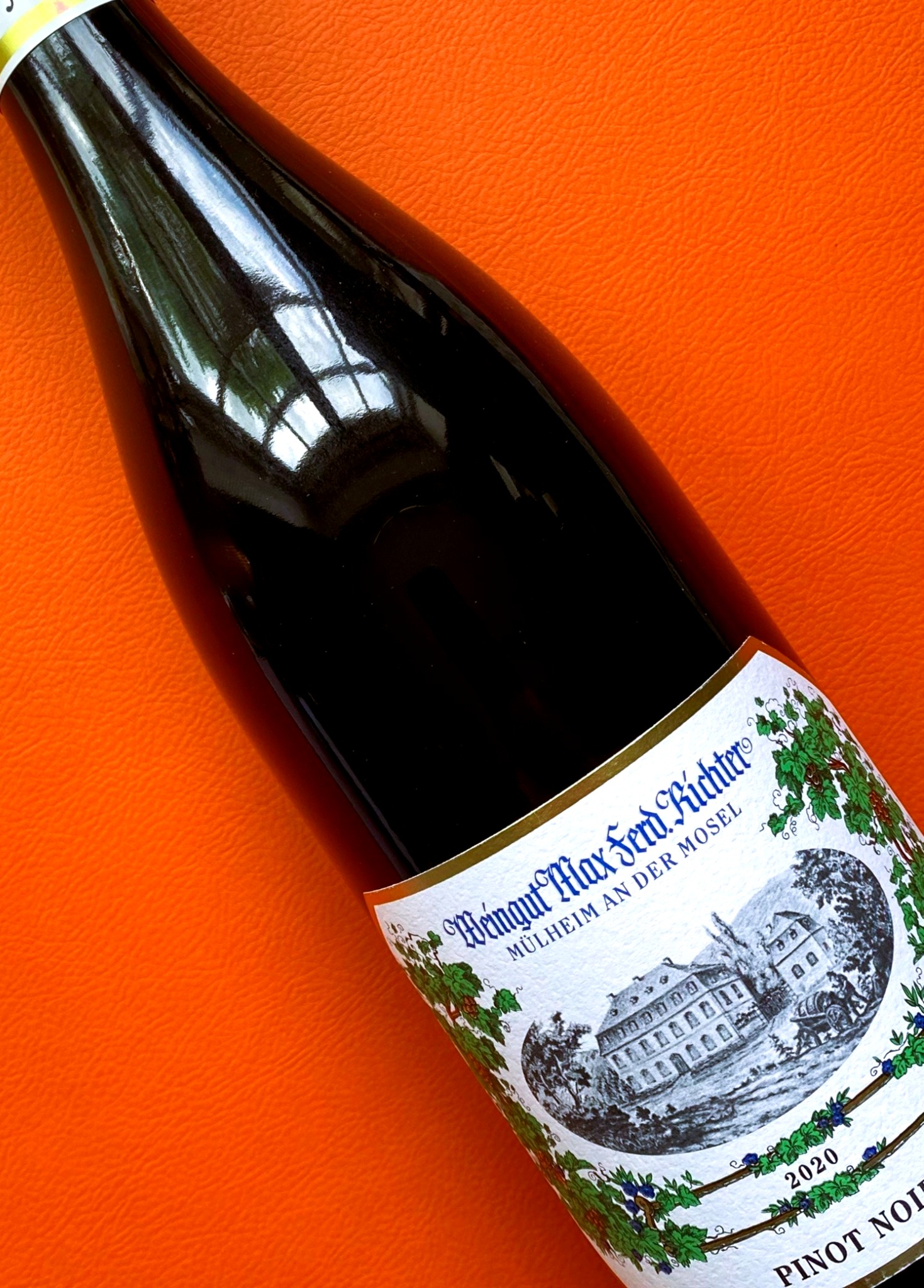
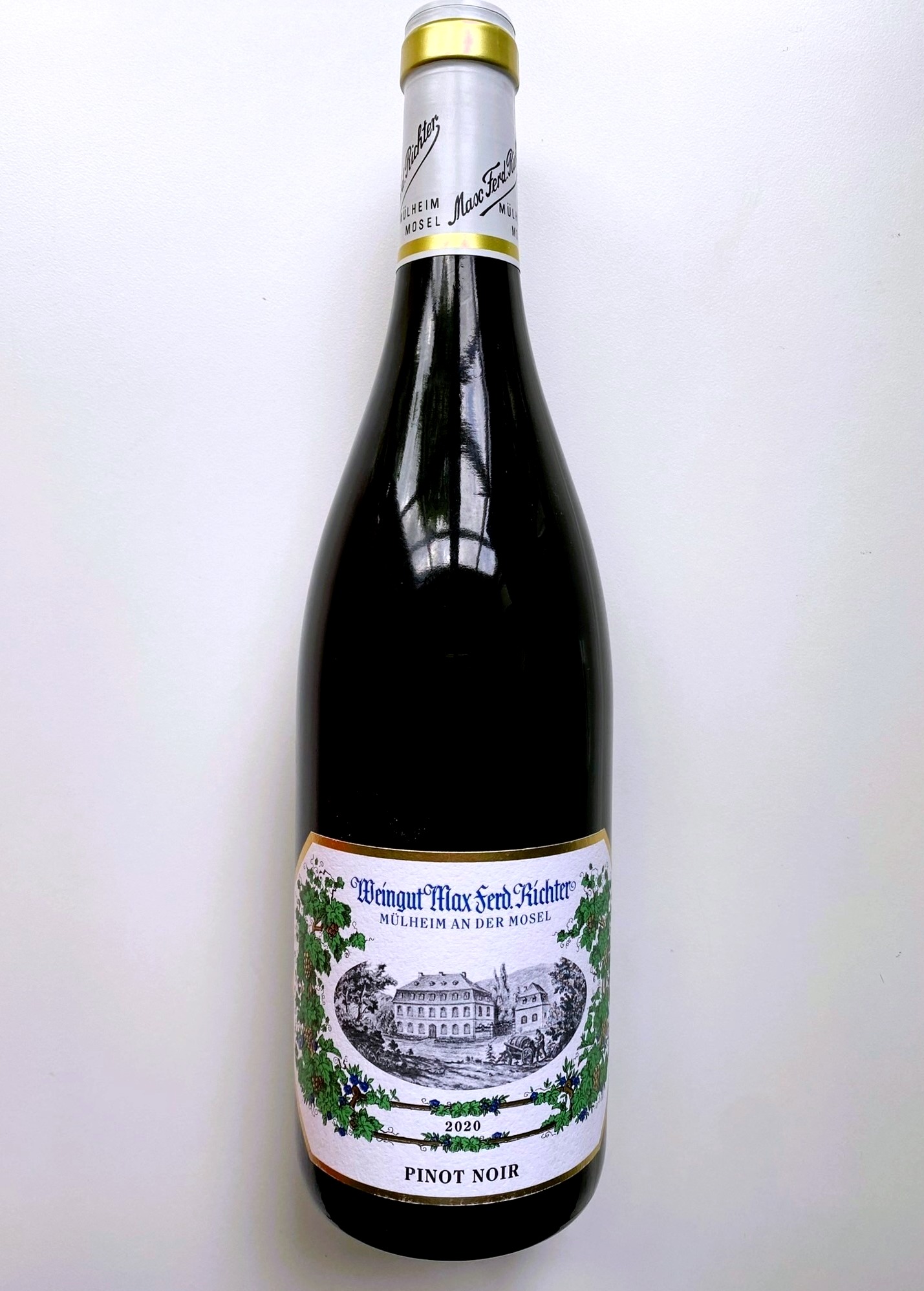
Mission Estate The Gaia Project Syrah 2020 Hawkes Bay New Zealand
Syrah is New Zealand’s third most planted black grape, although it’s way behind first place Pinot Noir in terms of acreage (and both are absolutely dwarfed by white Sauvignon Blanc). Hawkes Bay on the east cost of the north island, particularly its sub-zone Gimblett Gravels, is home to much of the country’s quality Syrah. The Mission Estate, New Zealand’s oldest winery, is based here and has a number of Syrah cuvées in its portfolio.
They created the Gaia Project and its wines (a Merlot, a Pinot Noir, a Chardonnay and a Syrah/Pinot Gris rosé in addition to this 100% varietal Syrah) to highlight the environmental practices and sustainability initiatives of their winery, using local artist Steph O’Kane to illustrate a beautiful label reflecting these ecological concerns.
With a distinct and attractive purple rim, the Syrah has a wood-smoke-through-brambles aroma profile. It’s noticeably high acid with insistent, chewy tannins hidden beneath a medium-bodied silkiness. Have the tannins entirely been tamed? I’m not sure, but there is a frisson of textural excitement running through it, certainly. Fruity (predominantly black with some high, red notes) and refreshing, it has an enjoyable mineral smokiness and some subtle floral hints peering out through the undergrowth. There's a freshness to the glass and to the approach that makes this a real contender.
It could be the power of suggestion (along with memory and nostalgia, never to be underestimated in wine tasting) but there is a Pinot Noir echo here, albeit distant and just at the edge of perception. Like Burgundy and the Rhône have been uprooted and reflected upside down, down under. It’s a disconcerting and quite thrilling move, and one in which old-world conservatism has been abandoned completely. This feels like a wine breaking new ground. Self-consciously. Deliciously. And Organically.
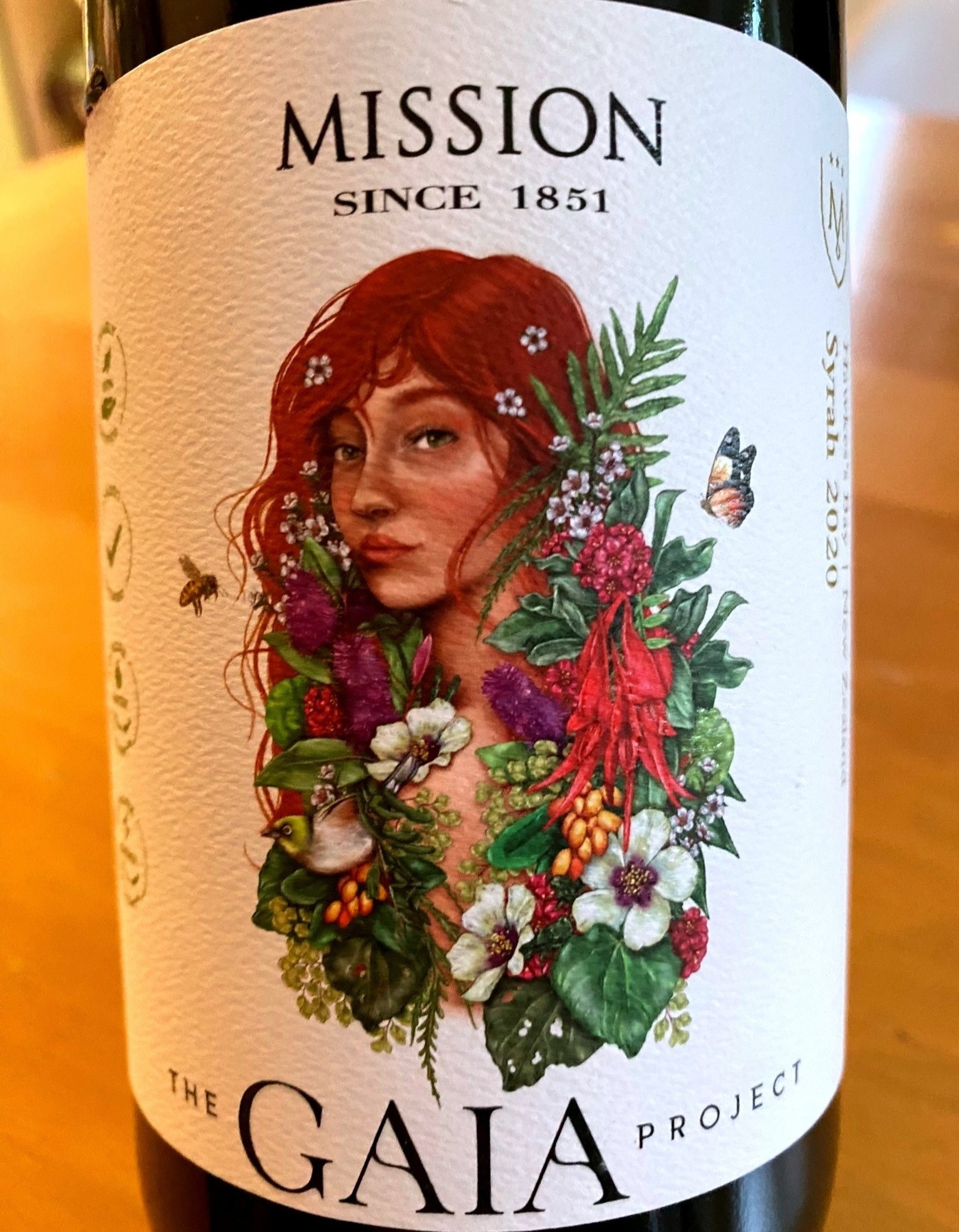
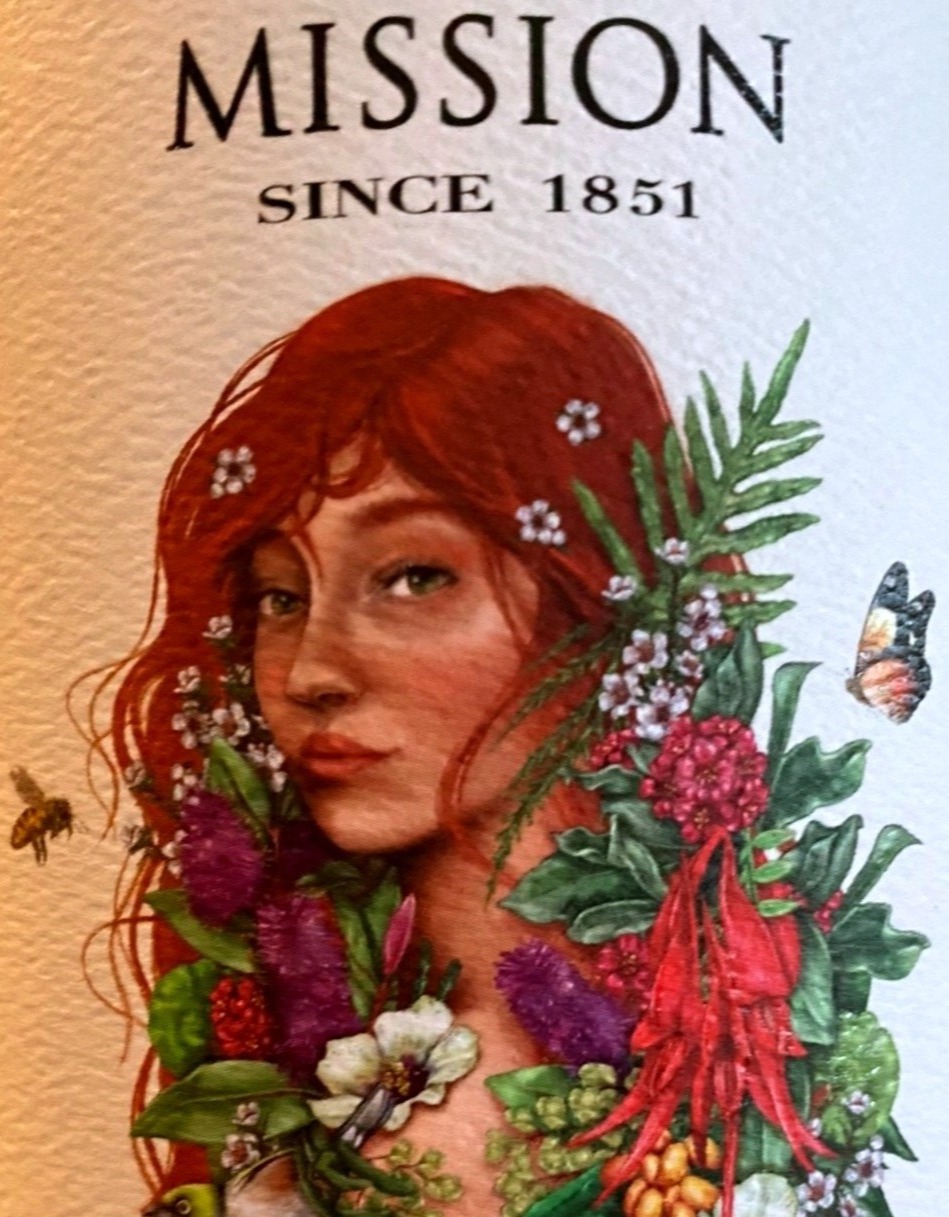
Supper Nanny Pinot Noir 2020 Central Otago New Zealand
Super name, super label, super contents. From NZ’s wilder south island comes this sophisticated Pinot Noir that offers something just a little different from the usual red Burgundy. Since 2005, Nanny Goat Vineyard has been producing PNs of distinction from their alluvial terraces in Central Otago, taking their name from the goats that roam the hillsides.
This red is sourced from BioGro-certified organic vineyards located at 270–290 m asl in the Queensberry sub-region. This is an area of NZ with a more continental climate. Hence there is a huge diurnal range in temperatures between hot days and cool nights. This leads to longer growing periods, flavour and phenolic development, retention of acidity and, often, tastier wines. Naturally poor, free-draining soils add their touch of magic, too.
Super Nany is sourced from their top parcels and those of their partner vineyards. Grapes are hand-picked and then naturally fermented in open-toped, stainless-steel tanks with some whole berries and whole bunches. Two weeks' of skin contact, then ageing between 11–13 months in 225-litre French oak barriques (40% new).
What emerges after all this attention is a distinctive balance of finesse and power. The nose in intense, with pronounced notes of black fruit (plum, cherry, blackberry) and loamy, woody herbs. Familiar PN floral, violet tones hover over the top like morning mist but there is a strength and depth here, as well as new-oak spicing that gives the wine a nice presence in the mouth. A good long finish resolves into fruity (goat-nibbled) hedgerows.
In my own wilder moments, I imagine this being served at a Yuletide recreation of des Esseintes' infamous black dinner (minus the impotence, hopefully). More prosaically, it's just a really good wine in a nicely iconoclastic bottle. Rib-of-beef or mushroom-wellington centrepiece heaven.
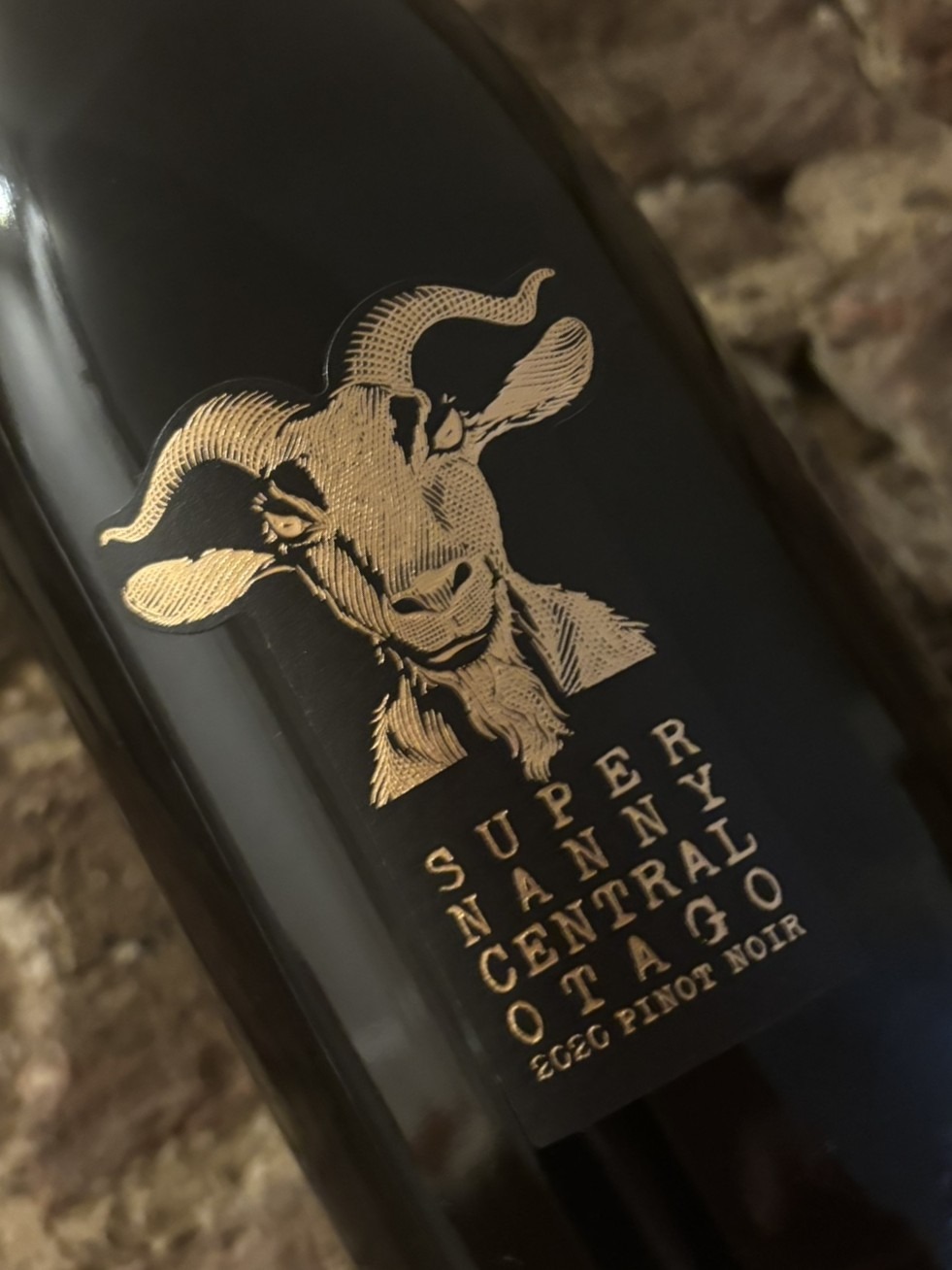
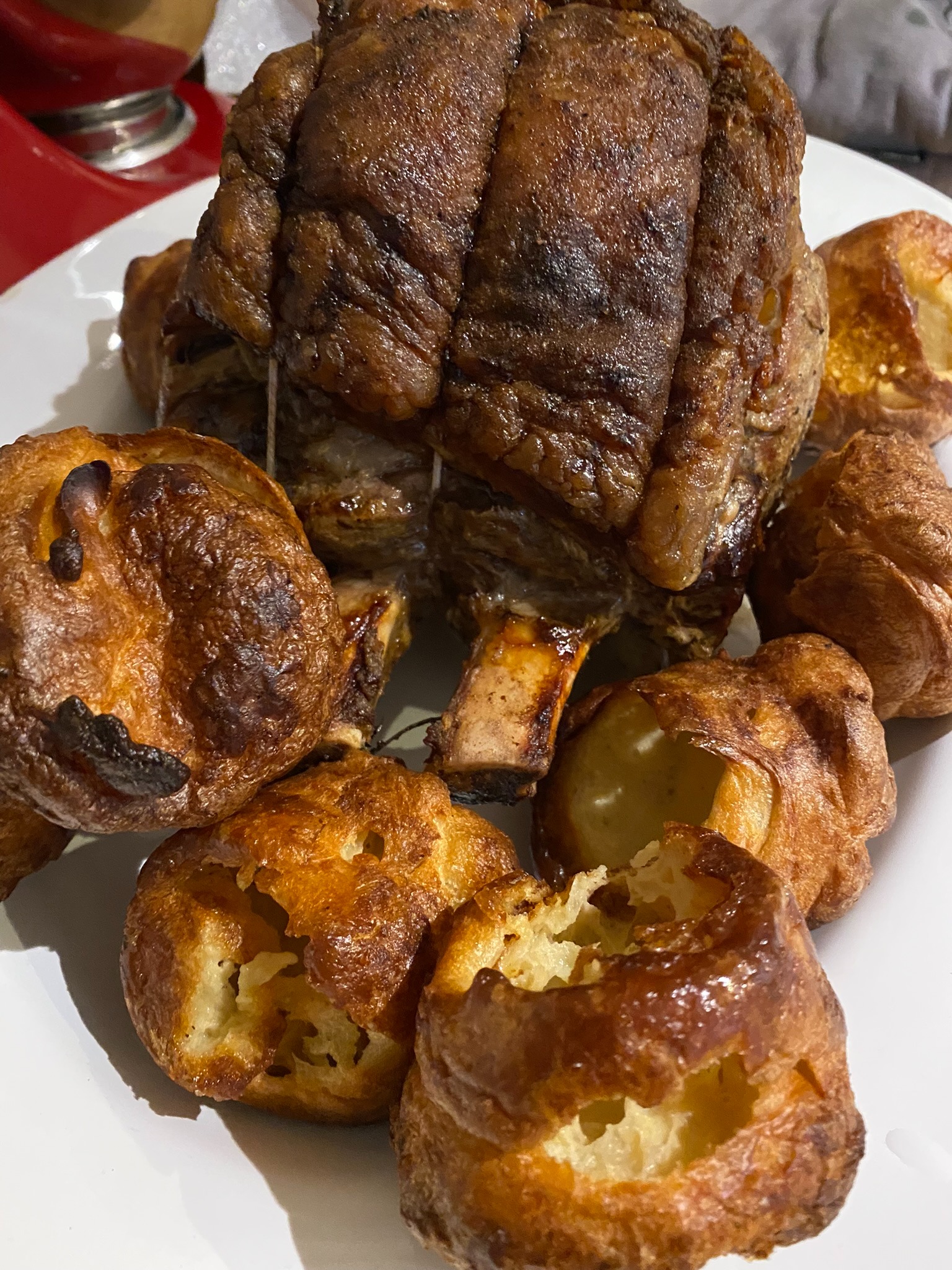
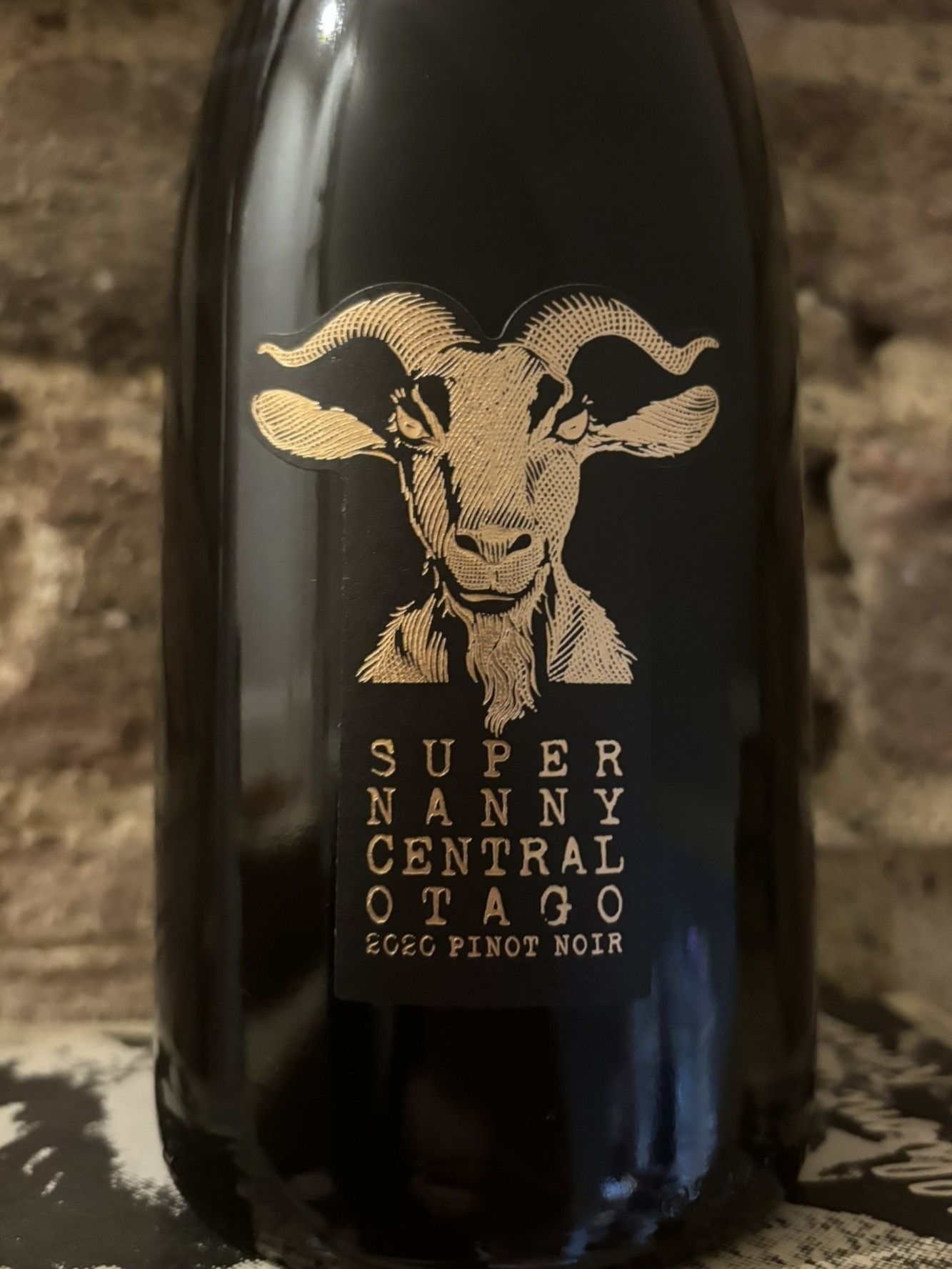
Useful links
Wines of Germany UK
UK marketing arm of the Deutsches Weininstitut: info for the trade, press and consumers.

